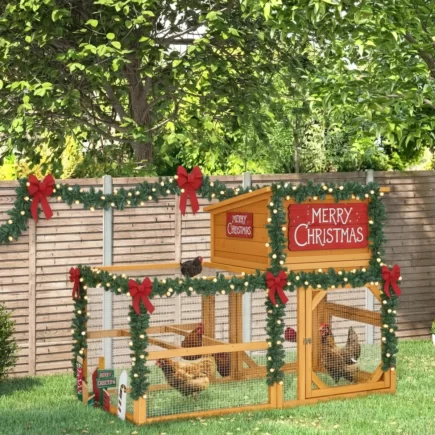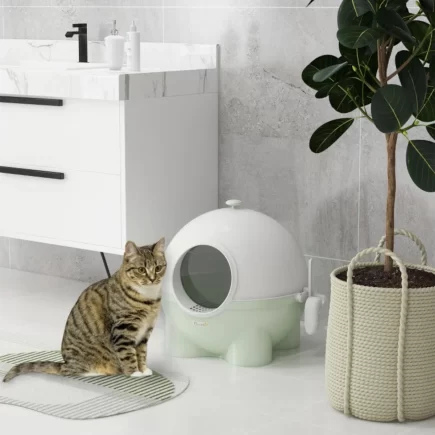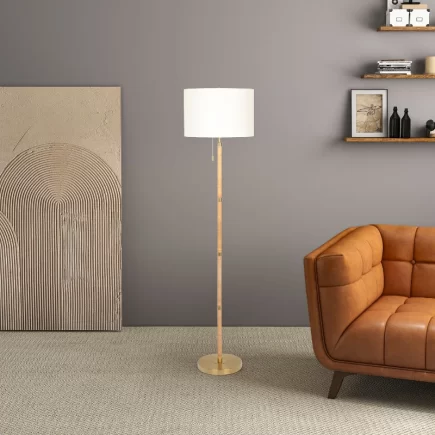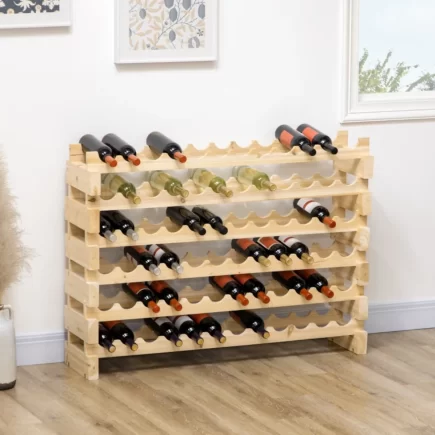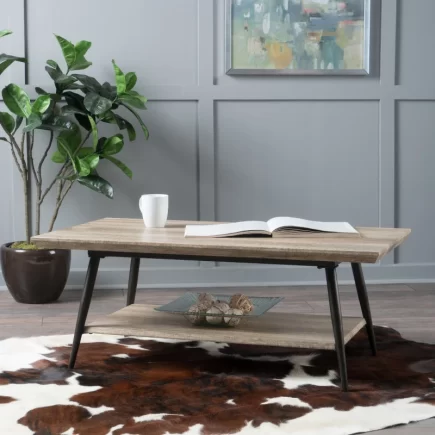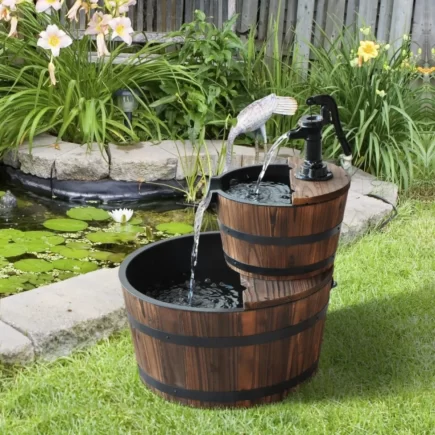Throws and blankets are two essential items in any home, often used to provide warmth and comfort. However, many people use these terms interchangeably without understanding the key differences between them. While both are designed to keep you cozy, they differ in several significant ways, including size, material, function, and design.

By understanding these distinctions, you can make more informed decisions about which to use for various needs. Let’s dive into these differences to help you understand when and why to use each.
Size and Coverage
The most noticeable difference between a throw and a blanket is their size.
Throw Size
Throws are much smaller than blankets, typically measuring between 50×60 inches to 60×70 inches. Their compact size makes them perfect for personal use. Throws are often used to cover one person or drape across a piece of furniture, such as a couch or chair.
Blanket Size
Blankets, on the other hand, are larger, typically measuring around 60×80 inches or more. These are designed to cover more substantial areas, such as a bed, and are intended to offer full-body coverage. Due to their larger size, blankets are ideal for providing warmth while sleeping or covering larger spaces.

Function, Purpose, and Comfort
Throws and blankets both provide warmth, but the way they are used and the level of comfort they offer are different.
Throws
Throws are typically smaller and lighter, making them ideal for quick warmth while relaxing on the couch, reading, or napping. They often double as decorative accents, draped over chairs or sofas to add a touch of style and texture. Rather than being the main source of warmth, throws work best as a light, cozy layer for comfort and aesthetics.
Blankets

On the other hand, they are designed for full-body warmth and overnight use. Their larger size and heavier materials make them suitable for covering beds or acting as the main insulating layer during sleep. Blankets provide substantial comfort on colder nights and are intended to be the primary source of warmth, unlike throws which serve as supplemental layers.
Material
The materials used in throws and blankets play a significant role in both their functionality and appearance.
Throw Material

Throws are often made from lighter, softer materials like cotton, fleece, wool, or knitted yarn. These materials are selected not just for warmth but also for texture and visual appeal.
Blanket Material
Blankets, in contrast, are made from heavier, more insulating materials such as wool, down, flannel, or thick cotton. These materials are selected specifically for their ability to retain heat and provide comfort, making blankets the go-to choice when you need extended warmth, especially during colder months.
Design and Aesthetic
Design is one area where throws and blankets differ, especially when it comes to aesthetics and decor.
Throw Design
Throws tend to have more intricate designs, vibrant colors, and interesting patterns. They are often used to complement the overall decor of a room, adding texture and personality.
Blanket Design
Blankets, although they can be aesthetically pleasing, are generally more utilitarian. Their design focuses more on function and warmth than on intricate patterns or colors. You’ll often find blankets in solid colors or simple patterns, prioritizing comfort and practicality over visual appeal.

Cost and Investment
The price of a throw or blanket can vary widely depending on material quality and size.
Throw Cost
Because of their smaller size and use of lighter materials, throws tend to be more affordable. However, high-end throws made from luxury fabrics like cashmere or alpaca can be expensive.
Blanket Cost
Blankets are typically more expensive due to their larger size and the thicker materials used to make them. High-quality blankets made from wool or down can be a significant investment, especially for those seeking durability and extended warmth.
Usage, Portability, and Seasonal Considerations
Throws and blankets serve different purposes throughout the year, and their portability plays a significant role in how often they’re used.
Throw Usage
Throws are compact, lightweight, and versatile, making them perfect for casual, everyday use. Whether it’s for a quick nap, a cozy layer on the couch, or a decorative touch, throws can be used frequently throughout the year. Their smaller size also makes them portable and easy to carry, whether you’re using them indoors or taking them outside for a picnic or while traveling. During colder months, throws offer light warmth but can still serve a decorative purpose during warmer seasons.

Blanket Usage
Blankets, on the other hand, are typically heavier and larger, making them less portable. They are most commonly used for sleeping, providing warmth during colder nights. Blankets are particularly useful during the winter and colder seasons but are a staple year-round for those in need of consistent warmth. While not as versatile in portability as throws, they offer substantial comfort and are mainly stationary items, ensuring full-body coverage throughout the night.
Maintenance and Care
Finally, how easy it is to maintain and care for a throw versus a blanket can influence your decision on which one to buy.
Throw Maintenance
Due to their smaller size and lighter materials, throws are generally easier to clean and maintain. Many throws are machine washable, making them low-maintenance and perfect for everyday use.
Blanket Maintenance
Blankets, especially larger ones made from wool, down, or thick materials, may require more careful maintenance. Depending on the fabric, some blankets may need dry cleaning, while others can be machine-washed with care.
Choosing the Right Cozy Companion: Throws vs. Blankets
While Throw and Blanket may seem similar, they are distinct items with unique purposes. Throws are smaller, decorative, and versatile, providing light warmth and an aesthetic touch to your home. Blankets, on the other hand, are larger, heavier, and designed for full-body warmth, making them essential for colder months and nighttime comfort.
Understanding the differences between these two items can help you make an informed decision when selecting the right one for your needs.
FAQs
1. Can a throw replace a blanket in winter?
Not usually. Throws are smaller and lighter, so they work best for layering or casual warmth. For full-body insulation during cold nights, a blanket is more effective.
2. Are throws only for decoration?
No, while throws add style to furniture, they also provide quick comfort when lounging, reading, or napping. They serve both decorative and practical purposes.
3. Which is better for gifting, a throw or a blanket?
Throws make versatile gifts since they suit all seasons and home styles. Blankets are a thoughtful choice for someone who needs extra warmth, especially in colder regions.



